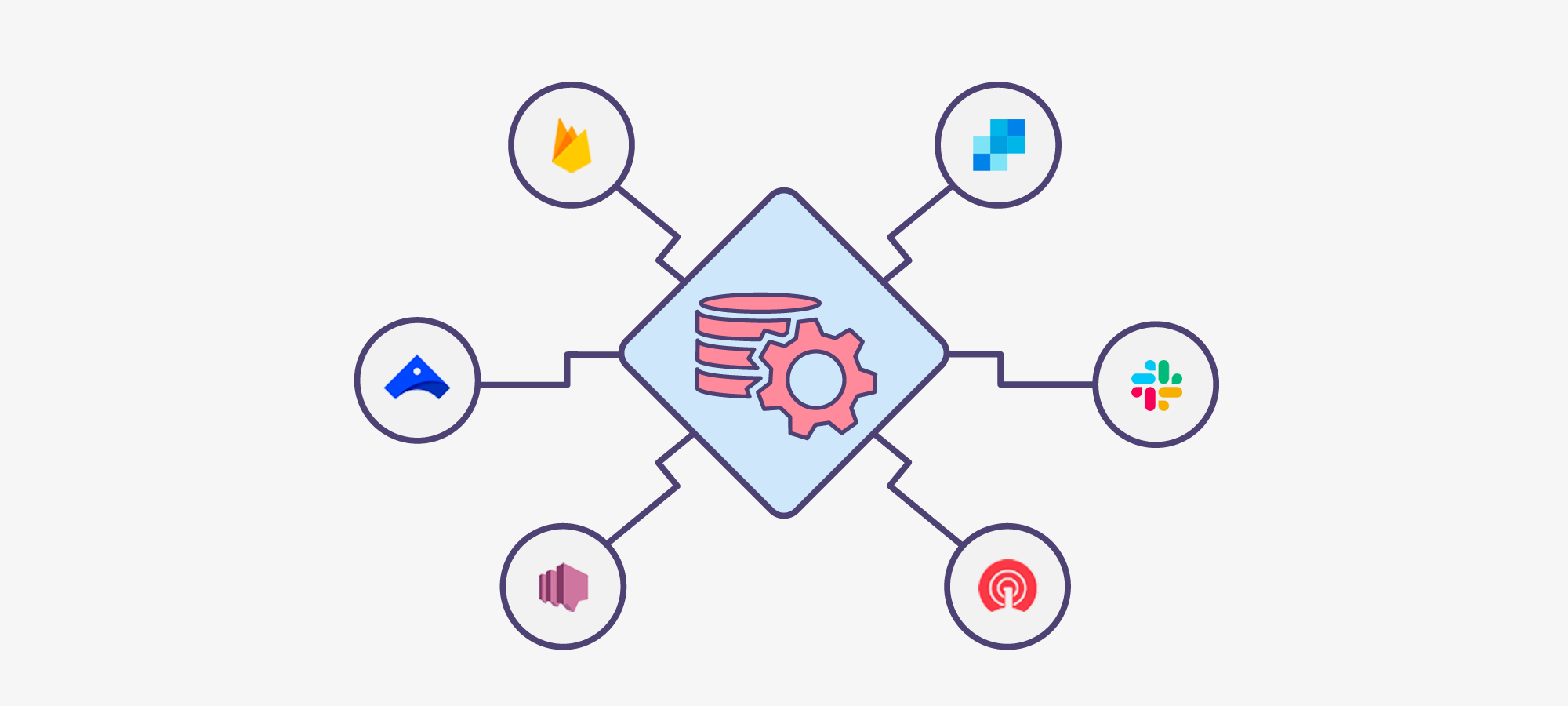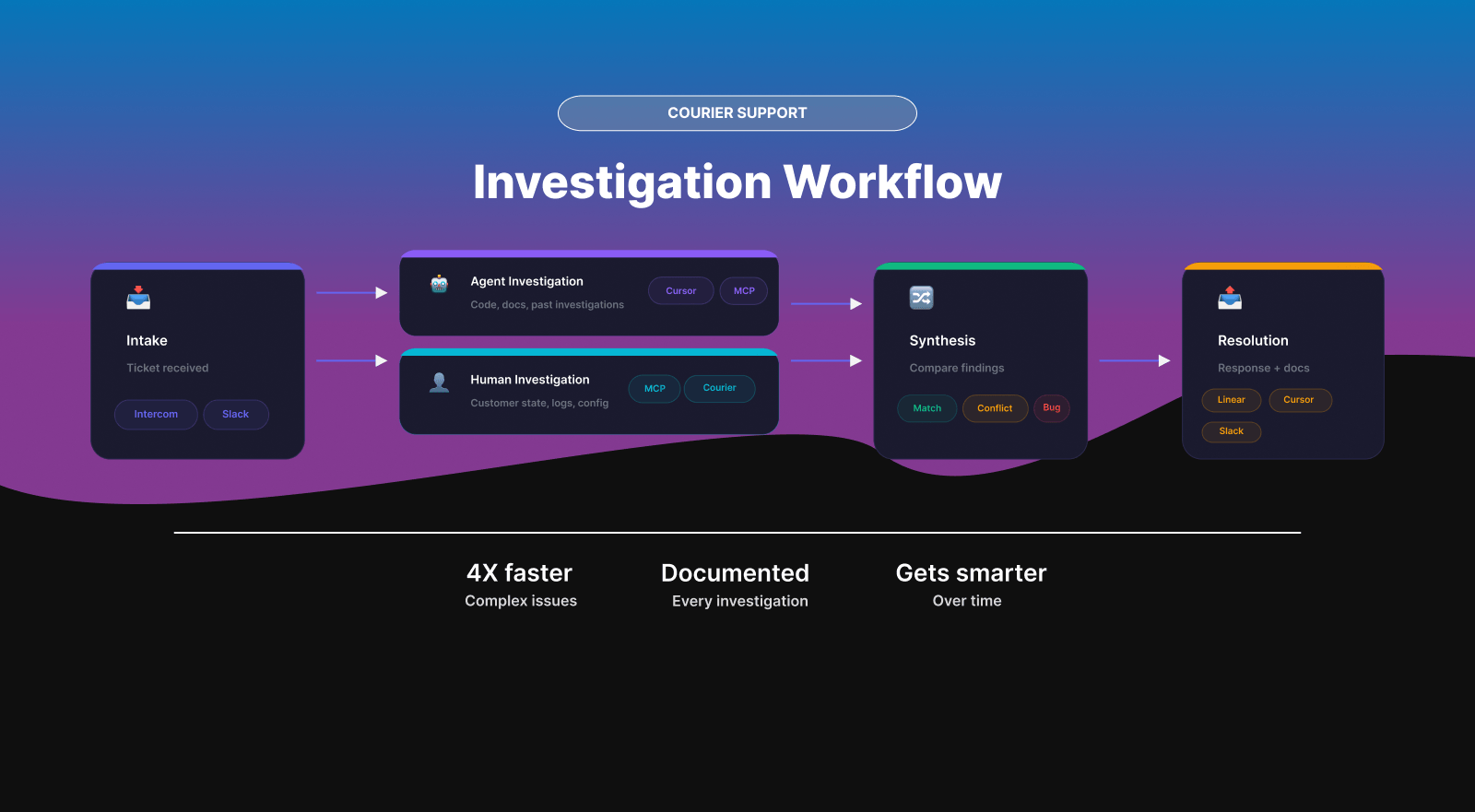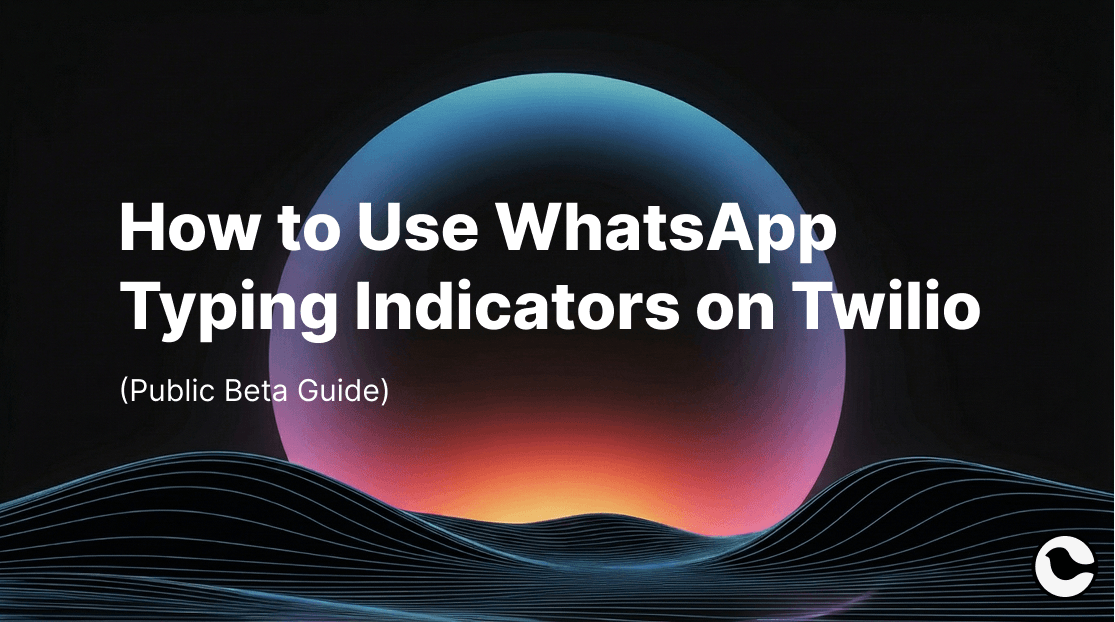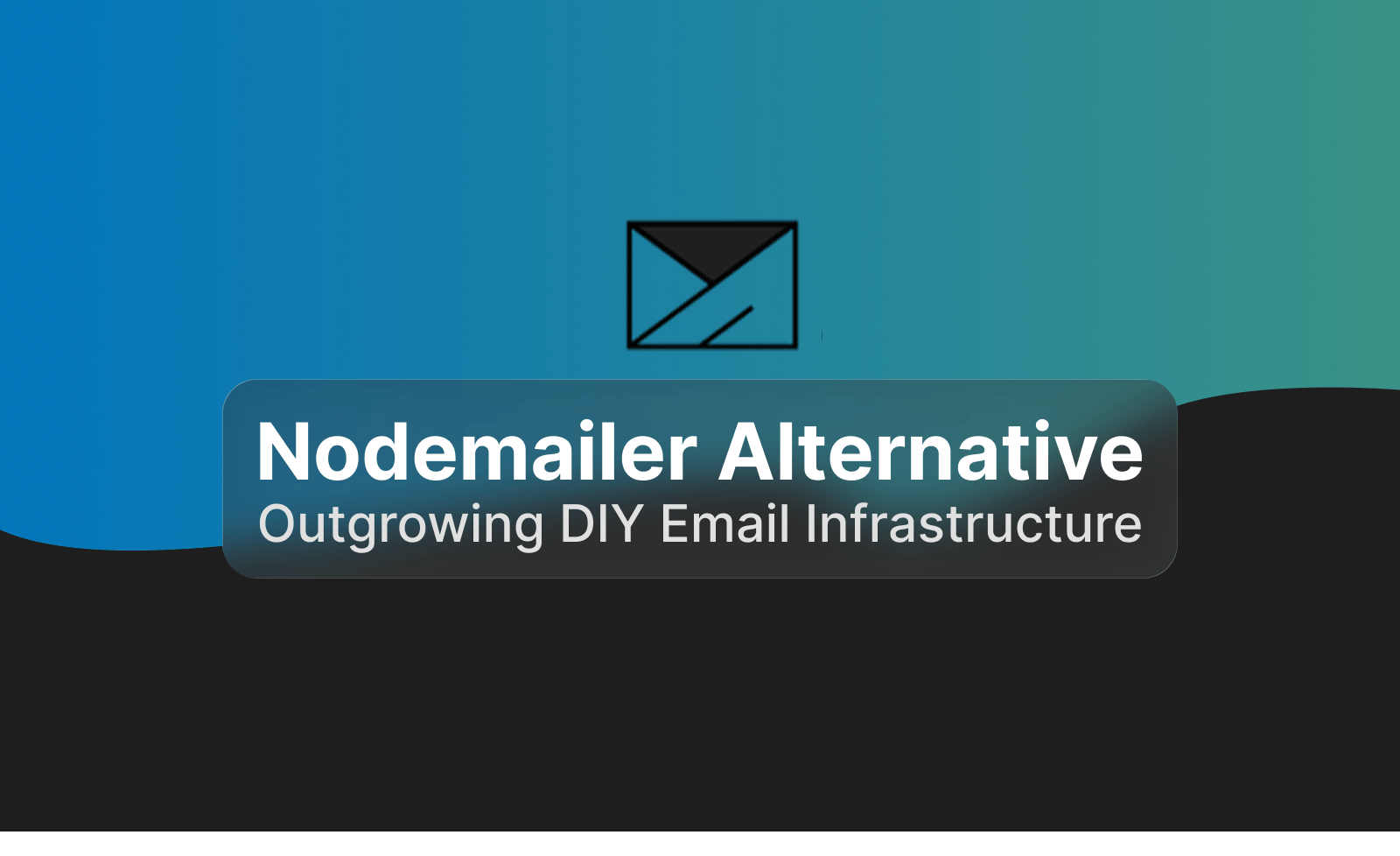Notification Strategy for Web and Mobile Apps: Design, Channels, Best Practices
Kevin Krige
March 16, 2021

Table of contents
Designing a Notification System That Actually Works
User-Centered Notification Design: Principles and Tactics
Designing a Scalable Notification System from the Ground Up
The Do’s and Don’ts of Notification System Design
How 4 Leading Apps Get Notification Strategy Right
Scaling Your Notification Strategy: From MVP to Maturity
Frequently Asked Questions (FAQ)
Designing a Notification System That Actually Works
Crafting an effective notification strategy is like walking a tightrope of evolving expectations and trade-offs. Send too few notifications, and your users may drift away. Send too many, and you risk becoming noise. Expand across multiple channels to increase reach, and you might overwhelm users. Focus on just one, and important updates could go unnoticed. Timing matters too: a message sent in the morning may get lost in the clutter, while a late one might miss its moment.
Well-executed notifications can drive engagement, increase retention, and reinforce your product’s value. But it takes more than sharp visuals or clever copy to make an impact. Success hinges on knowing what to send, to whom, when, and through which channel. A great notification system is intentional, contextual, and always user-first.
📚 Want to dive deeper into notification system design? Explore these related resources:
- How to Improve or Rebuild a Modern Product Notification System: Video
- The Developer's Guide to Building Product Notification Systems
User-Centered Notification Design: Principles and Tactics
To build trust and engagement, your notification system must go beyond simply delivering information. It should anticipate user needs, respect their time, and provide relevant, actionable value. Thoughtfully designed notifications not only improve product usability—they help users feel informed and in control.
A study of 63 million app users by Airship found that “useful, timely, personalized” notifications are critical to reducing churn. But cutting through the noise is more difficult than ever: users receive 23 billion SMS messages, 65 billion WhatsApp messages, and 306.4 billion emails every single day.
To avoid becoming part of that noise, every notification must:
- Support a user goal: Help users complete a task or stay informed about something that matters to them.
- Respect context and timing: Avoid interrupting users with low-priority or irrelevant updates.
- Offer immediate value: Make it clear why the message matters right now.
Done well, notifications can spark an engagement loop that keeps users coming back. For example, in a project management tool, event-based notifications like new assignments, progress updates, or deadline reminders can drive additional interactions and momentum within the product.
Done poorly, they do the opposite. Unnecessary pings or irrelevant requests for action frustrate users. Many will disable notifications altogether—or worse, uninstall the app. As a Leanplum study revealed, bad notification practices can significantly increase churn.
The takeaway is simple: if a notification doesn’t help the user achieve something meaningful, it probably shouldn’t be sent. When messages are timely, targeted, and useful, they become an asset—not an annoyance.
Designing a Scalable Notification System from the Ground Up
A well-crafted notification system isn’t an afterthought—it’s a core part of your product’s experience. Designing one requires strategic planning from the start. Every message should be intentional, aligned with user goals, and delivered in the right format at the right moment.
Here are four foundational steps to help you build a notification system that scales with your product and keeps your users engaged.
1. Create a Framework for Your Notification Design
Before sending any notification, define its purpose and value. What do you want the user to achieve? What do you want your product to achieve? If you can't clearly articulate the value for both parties, reconsider sending the message.
Once you've identified the value, determine the trigger—the user behavior or system event that prompts the notification. Make sure it’s contextual and tied to the user's current actions. For instance, if someone is assigned a new task, ask: does it need to be communicated immediately, or could it be part of a digest sent later in the day?
Next, categorize your notifications by importance. Is this a high-, medium-, or low-priority message for the user right now? This decision will inform both the timing and the channel you use.
When choosing a channel, also consider whether the notification requires a call to action. For actionable items—like confirming a task assignment—in-app or push notifications may work better than email. If the notification is informational and might need to be revisited, email is a more appropriate channel.
Finally, design the actual message. Once you’ve nailed the value, trigger, importance, and channel, you can tailor the content and structure of the message to ensure clarity and relevance.
2. Give Users Control Over Their Notifications
Empowering users to customize their notification experience is one of the most effective ways to reduce unsubscribes and build trust. A notification preferences system allows users to fine-tune what they receive—and how.
The more granular your settings, the better. Letting users opt out of specific message categories (instead of entire channels) gives you flexibility to adapt your messaging strategy over time.
However, most users don’t proactively adjust their preferences—so timing matters. Prompt users to modify settings in context. For example, in Slack, the first time a user receives a weekend notification, they’re prompted to update their preferences or continue receiving alerts.
3. Use Multi-Channel Notifications Wisely
Not all notifications belong in the same place. According to a Reckless study, in-app messages see a 75% open rate—far higher than email or push. But that doesn’t mean in-app is always best.
Each channel serves a purpose:
- Email: Ideal for official or reference-worthy information.
- Push or in-app: Great for real-time alerts requiring fast user action.
To design a scalable notification system, map each type of message to the best-suited channel. Tools like Courier make this easier by supporting channel prioritization and fallback strategies.
Multi-channel doesn’t mean sending every message on every channel at once. Instead, it means defining channel order and fallback logic.
4. Adapt Notifications to User Behavior Over Time
The best notification systems evolve with your users. As users become more familiar with your product, their needs—and their definitions of value—change.
Use a data-driven approach to analyze how users interact with your messages. Track open rates, click-throughs, response times, and unsubscribe trends. Run regular A/B tests to compare message types, timing, and formats.
Zapier’s guide on A/B testing is a great place to start.
The Do’s and Don’ts of Notification System Design
The internet is filled with advice on “why you should turn off all your app notifications.” If your messages feel like spam, distractions, or irrelevant nudges, users will either mute them or abandon your product entirely.
To ensure your notifications become a valuable part of your user experience—not a reason to disengage—follow these essential notification design best practices.
✅ Do
- Personalize your messages. Even basic personalization improves performance. A CleverTap study found that personalized messages drive a 9% increase in open rates.
- Align messages with user activity. Ensure notifications relate to what users are doing in your app and offer immediate value.
- Adapt as users grow. Tailor messaging based on the user's stage in the product journey.
❌ Don’t
- Overuse disruptive formats. Don’t break up a single message into multiple push or in-app alerts.
- Duplicate messages across devices. Avoid sending the same notification to every device a user is logged into.
- Send messages at the wrong time. Use engagement data to identify your users’ “golden hours.”
How 4 Leading Apps Get Notification Strategy Right
Looking to see how successful companies approach notification design? These four real-world examples highlight different strategies for using notifications to drive engagement, reduce friction, and deliver timely value at scale.
💼 Bluecrew: Connecting Hourly Workers with Multi-Channel Notifications
Bluecrew relies on multi-channel notifications—including SMS, email, and push—to keep thousands of hourly workers and employers in sync. Their system prioritizes timely, job-critical messages while using fallback logic to ensure important updates don’t get missed. With Courier, they’re able to centralize message orchestration and maintain speed, reliability, and flexibility as they grow.
🧠 Slack: Managing Attention for 12 Million Daily Active Users
Slack is a masterclass in attention-aware notification design. By giving users fine-grained control over what they receive, when, and on which device, Slack avoids overwhelming users with noise. Their notification flowchart, do-not-disturb settings, and contextual delivery logic all contribute to a system that respects user focus without compromising responsiveness.
👥 LinkedIn: Member-First Notifications with “Air Traffic Control”
To manage billions of notifications across its ecosystem, LinkedIn developed an internal platform called Air Traffic Controller. It ensures that notifications are prioritized, deduplicated, and sequenced in a user-centric way. This infrastructure allows LinkedIn to deliver relevant, non-intrusive notifications that support member goals—whether it's a job alert, connection request, or content update.
🏡 Airbnb: Using Push to Drive Customer Satisfaction
Airbnb uses push notifications to elevate the traveler experience—from pre-arrival reminders to last-minute updates and check-in instructions. Their approach emphasizes utility, timing, and reduced friction. By sending just the right message at the right time, Airbnb increases customer satisfaction without relying on volume or repeated prompts.
Scaling Your Notification Strategy: From MVP to Maturity
Designing a notification strategy that delivers value without overwhelming users is a continuous balancing act.
Fortunately, you don’t need to build everything at once. The best approach is to start simple—focus on the highest-impact messages, learn what resonates with your users, and expand from there.
With Courier, developers and product teams can build and manage user notifications across every channel. And with Courier’s free plan, you can launch fast, test what works, and scale your notification system as your product and user base grow.
Frequently Asked Questions (FAQ)
What makes a good notification system?
A good notification system delivers timely, relevant, and valuable information to users without overwhelming them. It considers context, urgency, user preferences, and appropriate delivery channels. A well-designed system supports user goals, respects their attention, and adapts as needs evolve.
How do I choose the right channel for a notification?
Choose your channel based on urgency, content type, and user behavior. For time-sensitive alerts, push or in-app notifications are ideal. For detailed or reference-based content, email is usually better. Multi-channel systems let you define fallbacks if a message isn’t seen or acted upon.
What’s the best way to prevent notification fatigue?
To avoid fatigue, focus on personalization, relevance, and control. Only send notifications when they offer clear value. Group less urgent messages into summaries or digests, and let users adjust their preferences by category, channel, and timing.
Should I use multi-channel delivery for every notification?
Not necessarily. Multi-channel delivery is powerful, but overuse can feel like spam. Use fallback channels only when a message is time-sensitive or critical and hasn’t been delivered via the primary method. Channel priority and logic should be defined per use case.
How can I improve my notification strategy over time?
Use A/B testing, engagement analytics, and opt-out data to optimize your approach. Track metrics like open rates, response time, and unsubscribe rates. Adjust timing, copy, content, and channels based on user behavior and feedback.
Similar resources

How We Investigate Support Tickets at Courier
Courier's support team resolves complex issues 4X faster using parallel investigation. Here's how it works: when a ticket comes in, an AI agent starts exploring the codebase while the support engineer examines actual customer data. The agent traces code paths and searches past investigations. The human reads event logs and forms hypotheses based on real state. Running both simultaneously catches mismatches fast—the agent sees what could cause a problem, the human sees what actually happened. This post breaks down the workflow, tools, and documentation structure that makes it repeatable.
By Thomas Schiavone
December 18, 2025

How to Use WhatsApp Typing Indicators on Twilio (Public Beta Guide)
Twilio now supports typing indicators for WhatsApp. When your backend takes a few seconds to generate a response, you can show users that something's happening instead of leaving them staring at a silent chat. The indicator appears when you call the new /v2/Indicators/Typing endpoint, automatically marks the message as read, and disappears after your response arrives or 25 seconds pass. This guide covers the API details, implementation patterns for Node.js and Python, when to use typing indicators, and current beta limitations.
By Kyle Seyler
December 03, 2025

Nodemailer Alternative: Outgrowing DIY Email Infrastructure
Nodemailer works great for transactional email in early-stage products. But B2B customer journeys demand more: Slack notifications for engineering teams, Microsoft Teams messages for enterprise customers, in-app notification centers, SMS escalations, and push alerts. Building this yourself means maintaining integrations with SendGrid, Twilio, Firebase, Slack's API, and Microsoft Graph. Courier provides omnichannel notification infrastructure through one API, handling routing, preferences, delivery, and analytics across every channel.
By Kyle Seyler
November 26, 2025
© 2026 Courier. All rights reserved.